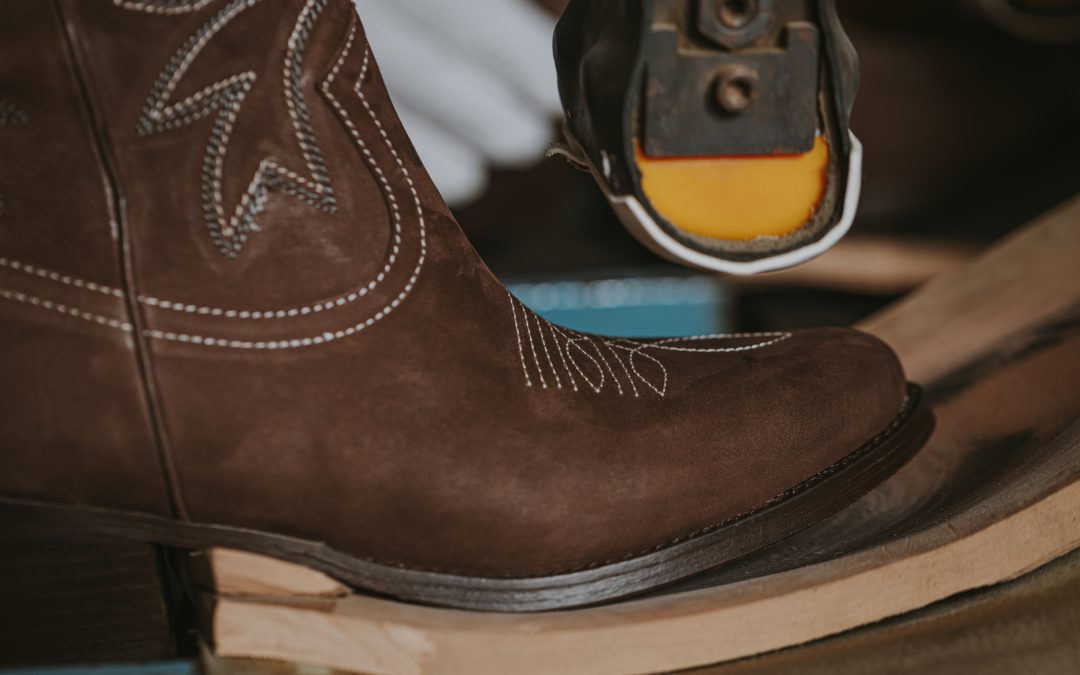Introduction: Shoes are an essential part of our daily lives, providing protection and comfort to our feet while also making a fashion statement. Behind the stylish designs and comfortable fits lies a complex production process that involves several stages of manufacturing. In this comprehensive guide, we will explore the intricate steps involved in the production process of shoes, from materials sourcing to the final finishing touches.
Materials Sourcing: The production process of shoes begins with the sourcing of materials. Manufacturers, such as Kiwi Enterprises, carefully select various materials such as leather, synthetic fabrics, rubber, foam, and hardware components like eyelets and laces. The quality of these materials greatly influences the durability, comfort, and overall quality of the finished shoe. Suppliers are chosen based on their ability to provide high-quality materials that meet the manufacturer’s specifications.
Pattern Making and Cutting: Once the materials are sourced, the next step is pattern making and cutting. Skilled pattern makers create templates based on the shoe design, taking into account factors like size, shape, and seam allowances. These patterns serve as guides for cutting the chosen materials into the required shapes and sizes. Modern cutting machines equipped with advanced technology ensure precision and efficiency in cutting the materials, minimizing waste and optimizing production output.
Assembly and Stitching: After the materials are cut, the shoe components are assembled and stitched together. Experienced craftsmen carefully stitch together the various parts of the shoe using specialized sewing machines and techniques. This stage requires precision and attention to detail to ensure strong, durable seams that also enhance the aesthetic appeal of the shoe. Additional elements such as zippers, eyelets, or decorative embellishments may also be added during this stage to enhance the shoe’s functionality and design.
Lasting and Bottoming: The lasting and bottoming process is where the shoe takes its final shape. Lasting involves shaping the shoe’s upper around a form called a last, ensuring proper fit and comfort. Skilled lasters use heat and pressure to mold the upper into place, creating a seamless connection between the upper and the sole of the shoe. Once lasting is complete, the outsole is attached to the shoe using adhesive or stitching methods. The choice of bottoming method depends on factors such as shoe type, materials, and production volume.
Finishing Touches and Quality Control: The final stages of the production process involve finishing touches and quality control measures. Skilled workers inspect each shoe for any defects or imperfections, ensuring that only products of the highest quality reach the market. Finishing touches may include polishing, buffing, and applying protective coatings to enhance the shoe’s appearance and longevity. Quality control checks encompass various aspects, including stitching integrity, sole adhesion, and overall construction, with any discrepancies addressed before the shoes are packaged and shipped to retailers or consumers.
Conclusion: The production process of shoes is a complex yet fascinating journey that involves meticulous attention to detail and craftsmanship at every stage. From materials sourcing to pattern making, assembly, and finishing touches, each step plays a crucial role in creating shoes that are not only stylish but also comfortable and durable. By understanding the intricacies of the production process, we gain a deeper appreciation for the skill and dedication required to bring every pair of shoes from concept to completion. At Kiwi Enterprises, we take pride in our commitment to excellence and strive to deliver shoes of the highest quality to our customers.

